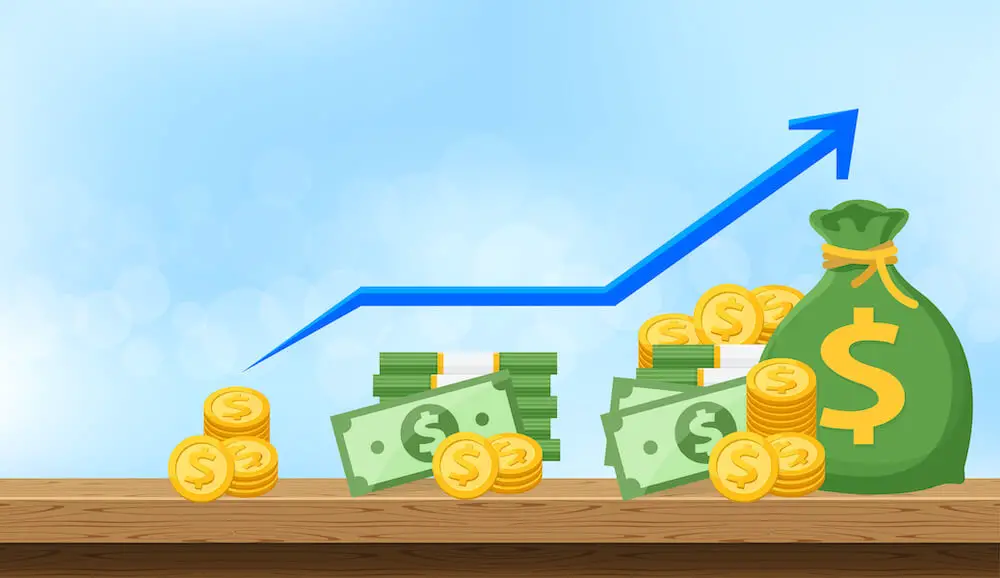Update: The IRS announced a modification to this policy that will allow for a transition period before it fully takes effect. For details, see IRS Announces “Administrative Transition Period” for Catch-Up Contributions to TSP and Similar Plans.
2024 Changes for Catch-Up Contributions to Your TSP
In 2024, employees putting catch-up funds in their TSP (or 401(k) funds) will only be going into after-tax Roth accounts for employees who earned more than $145,000 the previous year. This is a change to the existing rules and is part of the Secure 2.0 Act Congress passed in December.
While some may scoff and contend this provision will not apply to many people, it may impact more than many people realize. At the end of December 2023, the average federal employee salary in Washington, DC was $130,820. That is an average so at least a few hundred thousand federal employees are making $145,000 or more. According to the Office of Personnel Management, there are 268,075 federal employees making at least $145,000. There are a number of federal employees outside the standard General Schedule system that also make more than this annual salary.
2023 TSP Contribution Limits
The annual contribution limit for the TSP is $22,500 per year in 2023. This is a 9% increase over the limit in 2022, so it represents a great savings opportunity for federal employees who can afford to contribute the maximum annual amount to their TSP accounts.
Federal employees who are over 50 are eligible to make catch-up contributions amounting to $7,500 per year. This puts the total annual savings limit at $30,000 for federal employees who are 50 and over based on the 2023 TSP contribution limits set by the IRS.
2023 IRA Contribution Limits
The 2023 annual contribution limit for an IRA is $6,500 per year, up from $6,000 per year in 2022. The additional catch-up contribution limit for individuals 50 and over is $1,000 ($7,500 total).
Total 2023 Annual Retirement Contribution Opportunity
Between the 2023 TSP and the IRA contribution limits, federal employees can potentially save as much as $29,000 per year into the two account types. For those who can afford to invest this much into retirement, it will go a long way towards growing into millions of dollars by the time they are retirement age.
Federal employees who are age 50 and older have an even better total annual savings opportunity thanks to the catch-up contributions. Between the TSP and an IRA, it is $37,500 in 2023.
Advantages of a Roth Account
This change means a number of Americans (including some in the Thrift Savings Plan) will pay taxes on their catch-up contributions when they are making their contributions. This is likely to mean these taxes will be paid when their salaries are higher as they are still working, rather than after they have retired and are likely to be in a lower tax bracket.
Putting these catch-up funds into a Roth account will probably change how many Americans save for retirement and how they create financial and estate-planning strategies.
Since the Roth account requires paying taxes that are due when the contributions are made, this will be a benefit to federal employees nearing retirement to put more money into a Roth account. This money will continue to grow and it can be withdrawn without paying taxes on the withdrawals.
The changes are for 401(k) plans (which include the Thrift Savings Plan). The changes do not apply to Individual Retirement Accounts (IRAs) which allow a catch-up contribution in 2023 of $1,000 for savers 50 and over on top of the $6,500 annual limit.
Questions and Possible Problems as TSP Implements Catch-Up Contribution Changes
The Thrift Savings Plan is the largest 401(k) type of plan in the country with more than 6.8 million accounts and total assets of almost $800 billion. Making significant changes to this plan for all of these investors is a big job and could result in potentially significant consequences for many people if there are errors.
Will TSP investors be able to take advantage of the changes to the catch-up contributions coming in January? FedSmith asked Kim Weaver, Director of External Affairs at the Federal Retirement Thrift Investment Board (FRTIB), several questions. My questions and a summary of her responses are included below.
Will the FRTIB be able by January 1st to identify TSP participants who earned more than $145,000 in the previous year?
The TSP does not collect salary data. Federal payroll offices will be providing this new data point to the TSP. The TSP issued a bulletin to agencies on July 10. This bulletin notified payroll offices that they are “responsible for tracking and validating participants’ wages. Starting in January 2024 (and every January thereafter), payroll offices must submit a wage data file through the agency payroll portal….”
Will the necessary programming be done in time to automatically deposit money into a Roth account instead of traditional TSP accounts?
Updating the TSP’s record-keeping system will be completed by January 1. The unknown factor is whether the 110 payroll offices will be able to make the necessary programming changes they have to make by January 1.
Will FRTIB be required to seek permission from high earners to put their catch-up contributions into a Roth or does the agency have the authority to do this automatically?
Section 603 of SECURE 2.0 requires the TSP and other defined contribution plans to put catch-up contributions into the Roth option; the TSP will not ask permission. As there will be a larger than expected tax withholding, the TSP plans on notifying participants prior to the Roth contribution occurring.




